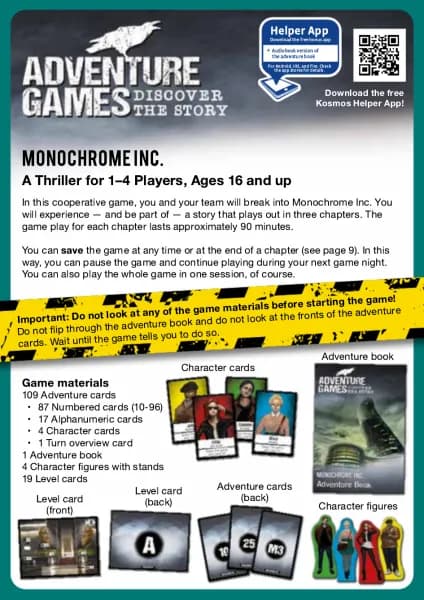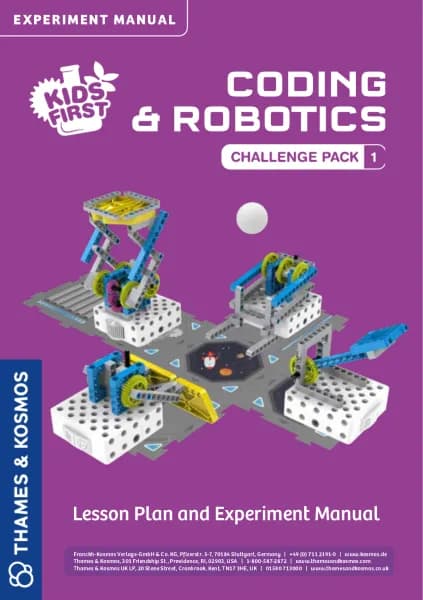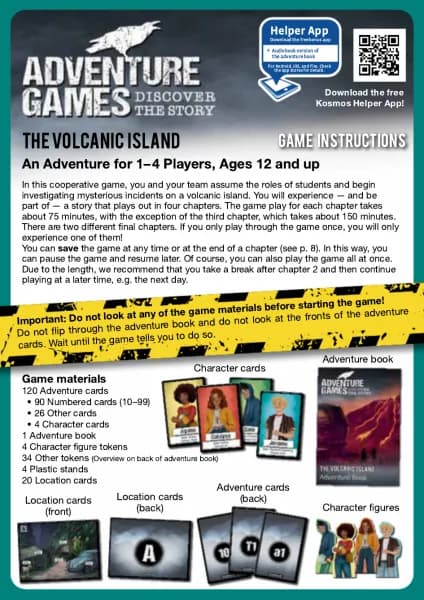Thames & Kosmos Kids First: Crystals, Rocks & Minerals handleiding
Handleiding
Je bekijkt pagina 10 van 36

1 large spoon
1 small spoon
During crystallization …
… your experimental setup should be left to stand in a
protected place.
Please note: All experiment jars should be marked with a
label indicating exactly what they contain. Cover them
with a thin cloth (such as a handkerchief) secured over the
opening with a rubber band. This will prevent dust and
dead insects from falling in.
For growing the crystals …
… you will need some additional containers. The best
kinds to use are empty jelly jars, washed clean and dried
well. You can also use a few of these containers to collect
crystal residues or leftover solutions of the used
substances. You have to be sure to label the jars clearly.
Self-adhesive labels are ideal, marked with a pencil (ink
would get smeared by water), and then covered over with
transparent tape to protect them from water. If you want
to dry the contents, all you have to do is remove the lid for
a few days. A warm location, such as a spot near a heater
or radiator, will speed up evaporation. Just be sure that
the container is stable and out of the reach of young
children and pets!
Water
You can make your crystal solutions using regular tap
water. However, distilled water works better. Distilled
water can be purchased from the supermarket or
drugstore. Tap water contains impurities depending on the
region and origin of the water. These are completely
harmless, or even healthy, for people to drink, but they
can hinder the growth of crystals.
When heating the solutions …
… you must not set your growing containers directly on a
burner or gas flame. This would make glass containers
crack and break, and plastic containers would melt.
Instead, get an old cooking pot, around 20 cm in diameter,
and fill it with a few centimeters of tap water. The water
level should be slightly lower than the level of liquid in
the growing container. Heat the water on the burner to just
below the boiling point.
Carefully carry the pot to your work area (ideally, have an
adult help you), and set it on a trivet. Now place your
growing jar in the pot and stir its contents with a wooden
spatula. The water will warm the jar contents, and the
crystal salt will soon dissolve and completely disappear.
If the salt does not dissolve well, take the growing
container out of the pot with a pot holder and heat the
water on the burner again, and then try to dissolve the salt
one more time. Caution! Do not burn yourself with the hot
water or on the pot, and don’t forget to turn the stove off
again.
Always have an adult help you when heating water or
solutions! Do not work alone!
Also, be very careful not to burn yourself or scald
yourself with hot water, and don’t spill any crystal salt
solutions! Don’t inhale the vapors that comes off the
crystal salt solutions when you heat them!
The quantity of water …
… that you will need for your experiments is indicated in
milliliters, or ml for short. Use the large measuring cup to
measure precise quantities of water. It has a scale on its
side with ml marks on it. Its total capacity is 125 ml. To
measure the amount of crystal salt required for each
experiment, use the double-headed measuring spoon. In
the instructions, the quantities are indicated in “spoons” or
“spoonfuls.”
8
› › › TIPS
Bekijk gratis de handleiding van Thames & Kosmos Kids First: Crystals, Rocks & Minerals, stel vragen en lees de antwoorden op veelvoorkomende problemen, of gebruik onze assistent om sneller informatie in de handleiding te vinden of uitleg te krijgen over specifieke functies.
Productinformatie
| Merk | Thames & Kosmos |
| Model | Kids First: Crystals, Rocks & Minerals |
| Categorie | Niet gecategoriseerd |
| Taal | Nederlands |
| Grootte | 30537 MB |







